When most people think of the USB port on their television, they see it as a convenient slot to plug in a flash drive loaded with movies, music, or vacation photos. But the truth is, that tiny port is a lot more versatile than it seems. With the right knowledge, your TV’s USB connection can become a tool for upgrading your entertainment system, powering gadgets, and even troubleshooting technical issues.
Below, we explore in detail the many hidden ways you can use your TV’s USB port to enhance your viewing experience.
1. Powering Devices Without Extra Outlets
The USB port on a TV provides low-voltage power—typically 5 volts—just enough to keep small electronics running. Instead of plugging every accessory into a wall outlet, you can power certain gadgets directly from the TV.
- LED light strips: Perfect for creating ambient “bias lighting” behind the screen, reducing eye strain and giving your setup a professional, cinematic look.
- Streaming sticks or dongles: Some devices can draw power directly from the TV’s USB port instead of needing a separate adapter.
- Mini fans or USB desk lights: Small touches like these can make long binge-watching sessions more comfortable.
By doing this, you keep your entertainment center neat, avoid messy cables, and make smarter use of your TV as the hub of your setup.
2. Updating Firmware and Running Diagnostics
Many modern TVs support software and firmware updates via USB. Instead of waiting for automatic over-the-air updates—or if your internet connection is unstable—you can download the necessary update file onto a flash drive, insert it into the TV, and perform the update manually.
This method isn’t just about staying up to date. It can also:
- Fix software bugs that cause apps to crash or menus to freeze.
- Improve performance and add new features your TV didn’t originally have.
- Restore a malfunctioning TV when standard reset methods don’t work.
For advanced users or technicians, the USB port may also serve as a way to run diagnostic tests, extract error logs, or perform system recovery—especially useful when troubleshooting smart TVs.
3. Local Media Playback
The most obvious function—plugging in a USB drive loaded with files—remains one of the most practical. But modern smart TVs make this feature even more powerful:
- Video playback: Watch movies and shows in a variety of formats, even when internet streaming isn’t available.
- Music libraries: Create playlists directly on the TV and enjoy high-quality sound through home audio systems.
- Photo slideshows: Turn family pictures into a big-screen gallery for parties and gatherings.
- Subtitle support: Many TVs can read subtitle files (.srt) and sync them automatically with the video.
In areas with limited or unreliable internet, this function can transform your TV into a personal entertainment hub.
4. Expanding Input with Peripherals
Smart TVs are designed like mini computers, and many of them support peripheral devices through USB. This opens up possibilities beyond just clicking with your remote control.
- Keyboards and mice: Enter search queries faster, type login details with ease, and navigate menus like you would on a computer.
- Game controllers: For smart TVs with built-in gaming apps or emulators, USB controllers provide smoother and more responsive gameplay.
- External webcams: Certain TVs allow USB webcams for video calling apps, turning your living room into a giant conference screen.
These features make the TV a much more interactive and productive device, especially for families who use it as a multipurpose screen.
5. Internet and Connectivity Options
Not every home has the perfect Wi-Fi setup. Some TVs allow you to use USB adapters to improve connectivity.
- USB-to-Ethernet adapters: If your Wi-Fi is weak, you can hardwire your TV to the router using an adapter, ensuring stable streaming and fewer buffering issues.
- Wi-Fi dongles: On older TVs that don’t have built-in wireless, a USB Wi-Fi adapter can give them internet access.
This is particularly useful for streaming in high-definition or 4K, where bandwidth stability matters most.
6. Creative Power Hacks
Some users have found clever “side uses” for their TV’s USB port:
- Timed charging: Because the USB port often powers down when the TV is off, you can plug in devices like Bluetooth headphones and let them charge only while you watch TV—preventing overnight overcharging.
- Cable management: By routing USB-powered accessories through the TV instead of a wall outlet, you reduce clutter and make your entertainment system more organized.
- DIY projects: Tech enthusiasts sometimes use the port to connect Arduino boards, LED kits, or even sensors for creative home automation.
Things to Keep in Mind
While the USB port is versatile, it has limits:
- Low power output: Don’t expect it to run large external hard drives without additional power.
- File format restrictions: Not all TVs can read NTFS, exFAT, or other modern formats. Many prefer FAT32.
- Compatibility: Features vary by brand and model. Just because one TV supports USB Ethernet adapters doesn’t mean yours will.
- Firmware risks: Updating via USB requires caution—installing the wrong file could cause issues.
Final Thoughts
The USB port on your TV isn’t just an afterthought. It can transform your entertainment experience, expand functionality, and even simplify your home setup when used creatively. From powering accessories and updating software to turning your television into a local media center, this hidden powerhouse deserves more recognition.
So the next time you look at that small slot on the side or back of your TV, remember—it’s not just for flash drives. It’s the key to unlocking your TV’s full potential.

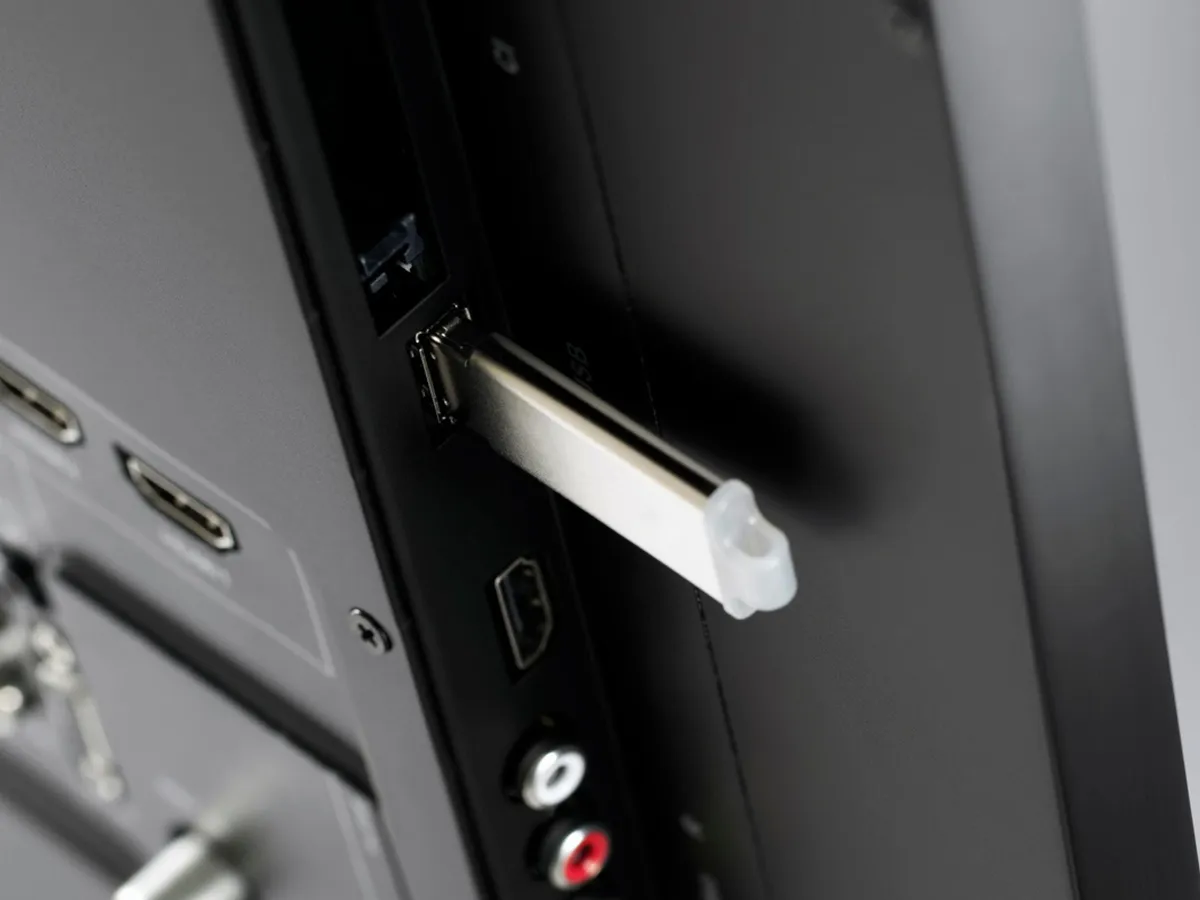
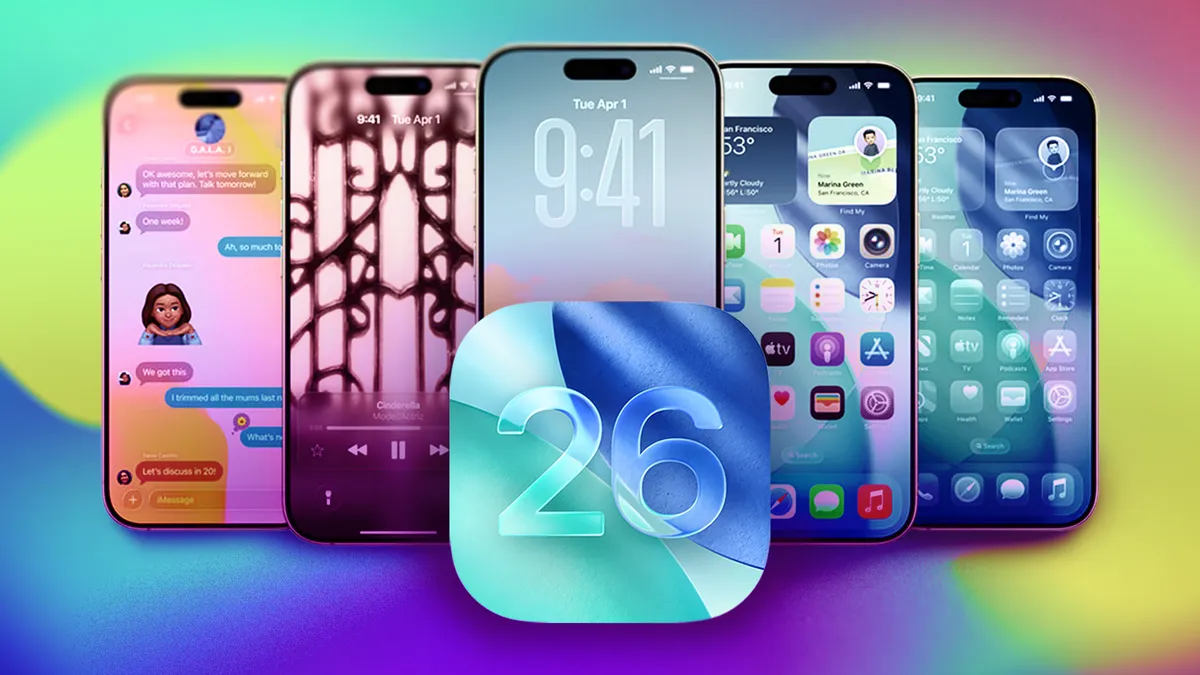

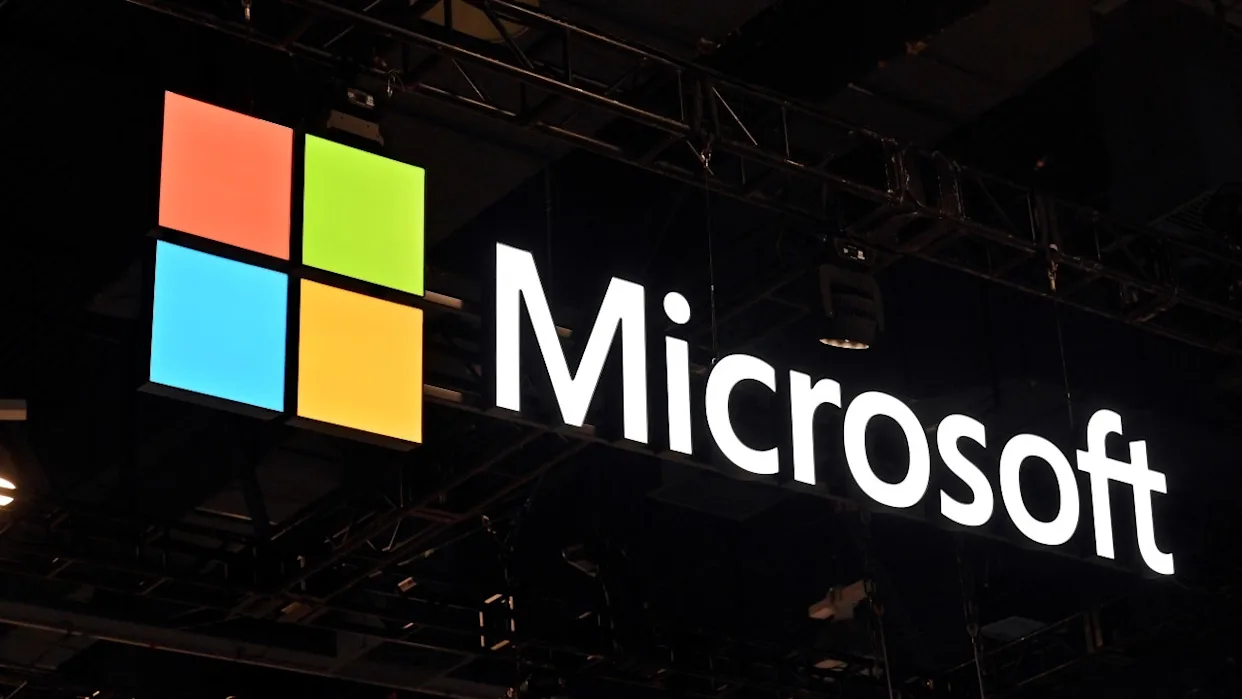



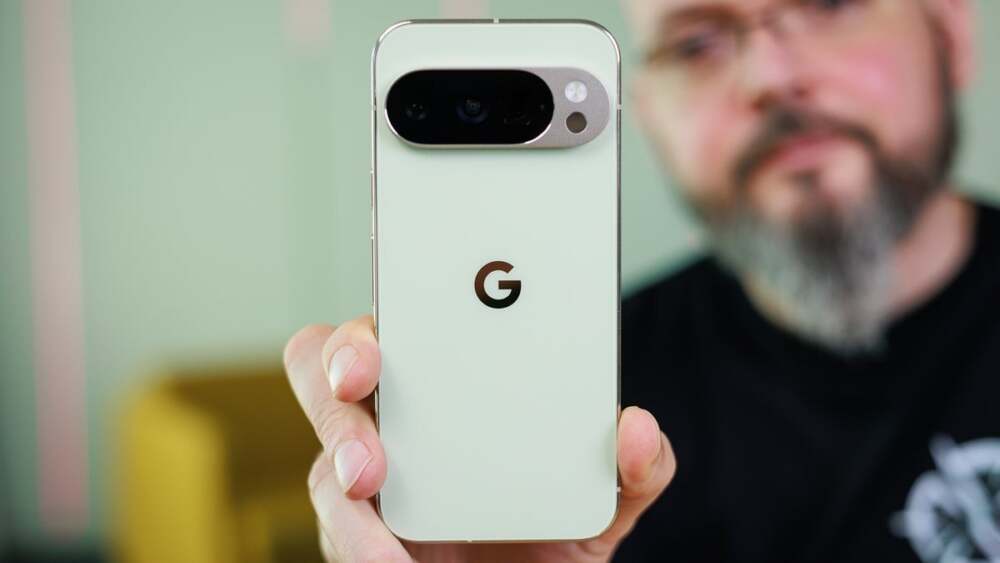

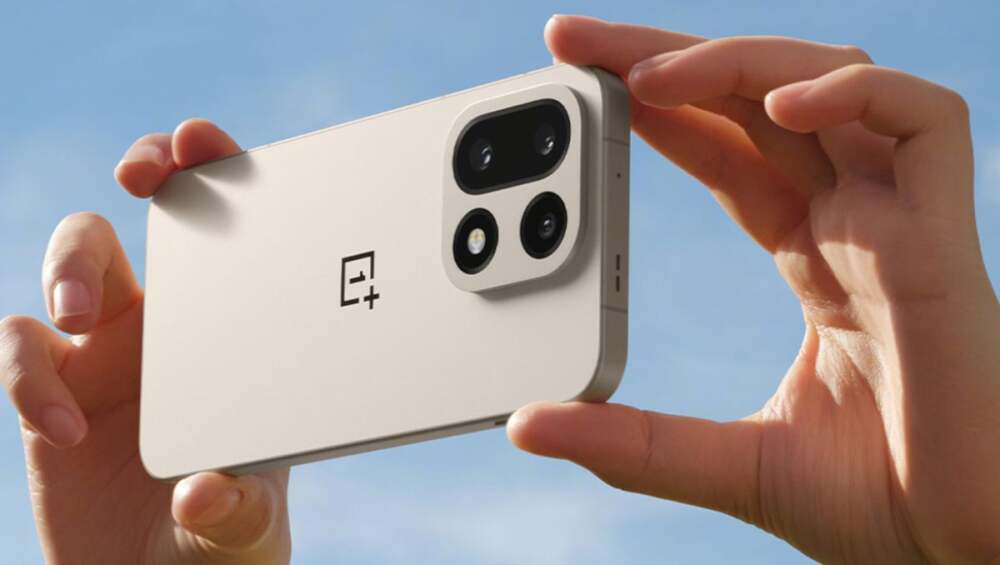
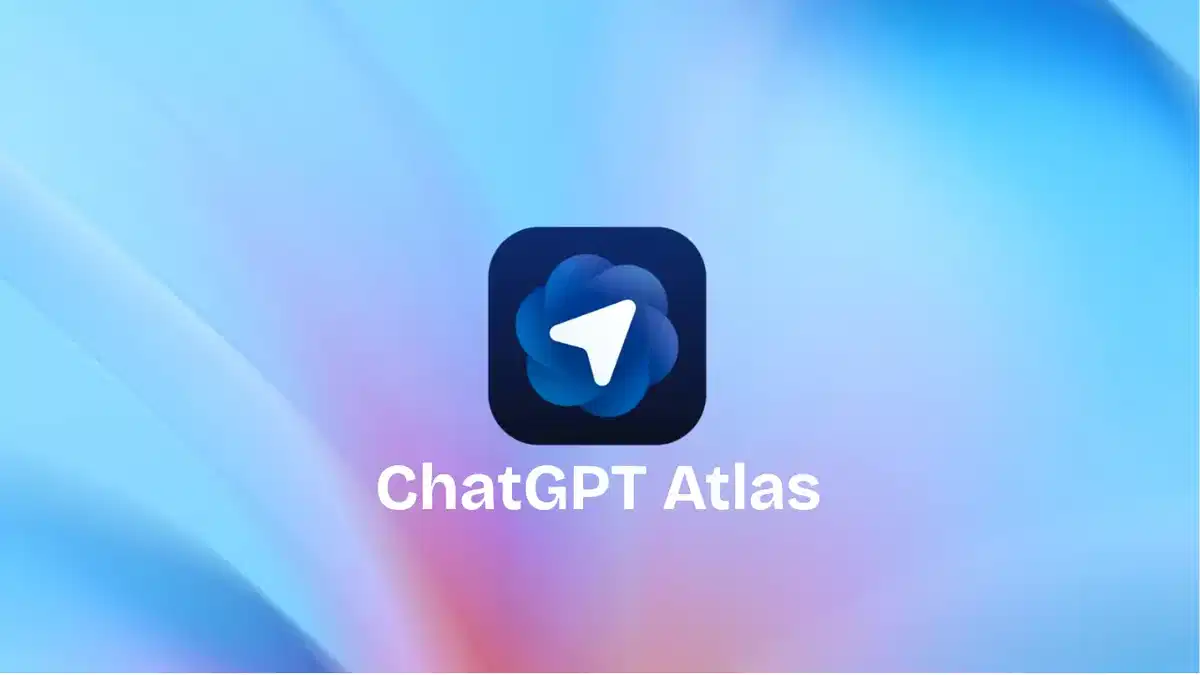




Leave a Reply